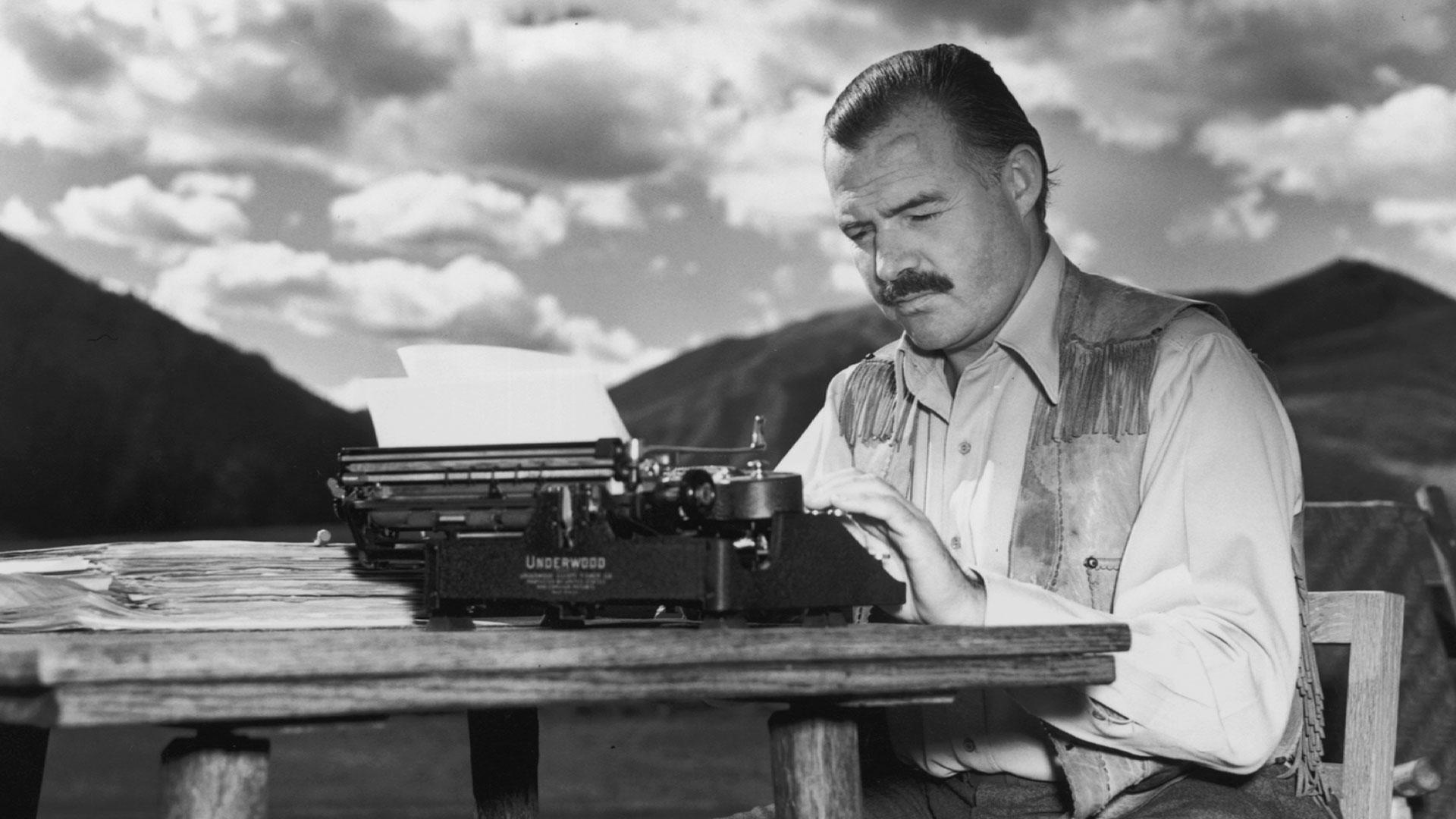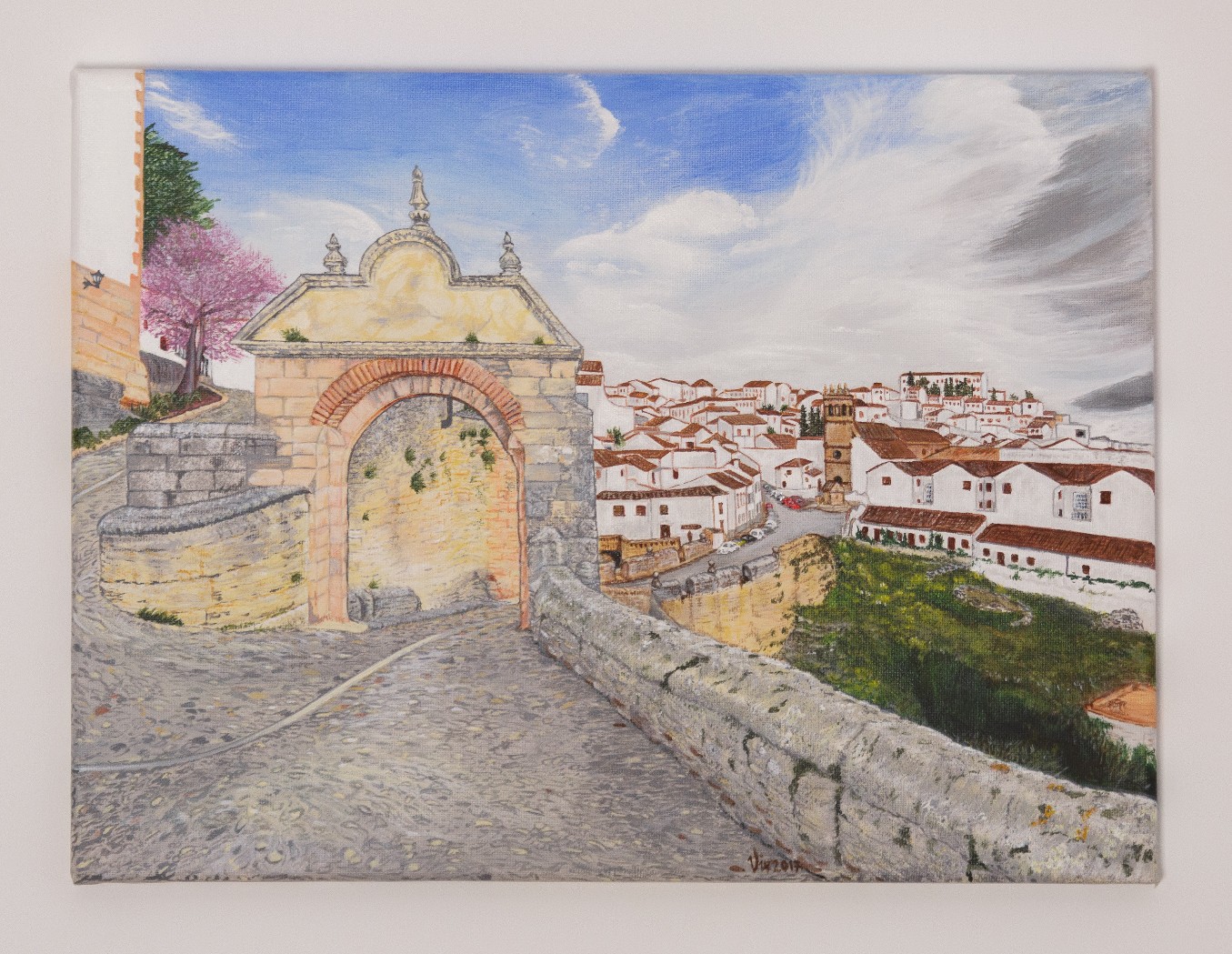‘Retreat’ - it is an interesting oddity that the dictionary meaning of the verb ‘to retreat’ is to withdraw from enemy forces, to fall back after a defeat, to run away or to change one’s mind, attitude or plans as a result of criticism or difficulty. Yet the modern connection with the word is entirely more pleasant and positive; nowadays we dream of going on a yoga retreat, or unblocking our creative juices at a writer's retreat or art or photography retreat. We think more often of a retreat as a quiet or secluded place in which one can rest and relax, a refuge, a haven, a sanctuary.
"It is never too late to be what you might have been"
The beautiful, mountainous city of Ronda in southern Spain has served as inspiration for many artists over the centuries. British author Mary Anne Evans, better known by her pen name George Eliot, famously named the title character of her controversial Victorian novel Daniel Deronda. Deronda is a Jew brought up as an Englishman, and his Spanish surname “Deronda” translates to “from Ronda”, understood as a reference to the character’s Jewish ancestors who lived in the Spanish village of Ronda before the Jews were expelled from Spain in 1492.
In the first decades of the 20th century, the famous German poet Rainer Maria Rilke spent extended periods in Ronda, where he kept a permanent room at the Hotel Reina Victoria (built in 1906). His room remains to this day as he left it: a mini-museum of Rilkeana. According to the hotel's publicity, Rilke wrote (though probably not in Spanish) "He buscado por todas partes la ciudad soñada, y al fin la he encontrado en Ronda" and "No hay nada más inesperado en España que esta ciudad salvaje y montañera" ("I have sought everywhere the city of my dreams, and I have finally found it in Ronda" and "Nothing is more startling in Spain than this wild and mountainous city").
The views from the terrace of this old hotel are some of the most spectacular in Ronda, topped only by those from the rooftop bar of its new sister hotel, the Catalonia, which looms over the bullring and has the whole vista of the Sierra de las Nieves and the Grazalema mountains laid out in front of it. From here you can let your mind wander as far as the eye can see, with the aid of relaxing beverage of course!
American artists Ernest Hemingway and Orson Welles spent many summers in Ronda as part-time residents of the town's old quarter, called La Ciudad. Both wrote about Ronda's beauty and famous bullfighting traditions. Their collective accounts have contributed to Ronda's popularity over time.
A Nobel and Pulitzer prize-winning novelist, essayist, and correspondent, Hemingway was able to capture the many complexities of Spain in a way that enchanted the world. His relationship to Spain was more than that of the casual tourist or even of the detached observer – Hemingway wholeheartedly celebrated all that was Spanish culture and lifestyle. He was a great bullfighting enthusiast, and he raved about the bullring in Ronda. “There is one town that would be better . . . to see your first bullfight in if you are only going to see one, and that is Ronda.” Modern bullfighting was invented in Ronda when local bullfighter Pedro Romero decided to change the sport. Originally, bullfighters rode horses, but Romero decided to get down off the horse and confront the bull on foot. In fact, Hemingway named a character Pedro Romero in his 1926 novel The Sun Also Rises.
But it was not just the town’s bullfighting tradition that so inspired Hemingway. He was also moved by the beauty and romance of this mountainous village, with its narrow, winding streets and white buildings. He said that Ronda “is where you should go if you ever go to Spain on a honeymoon or if you ever bolt with anyone. The entire town and as far as you can see in any direction is romantic background.”
Hemingway also wrote two non-fiction books about Ronda: Death in the Afternoon (1932) and The Dangerous Summer (1985), which was published posthumously. The Dangerous Summer follows Hemingway’s good friend, bullfighter Antonio Ordóñez, from bullring to bullring in the summer of 1959. Ronda was heavily affected by the Spanish Civil War, after which much of the population emigrated elsewhere. The famous scene in chapter 10 of Hemingway's For Whom the Bell Tolls, describing the 1936 execution of Fascist sympathisers in a (fictional) village who are thrown off a cliff, is considered to be modelled on actual events at the time in Ronda.
Antonio Ordóñez, perhaps the most famous bullfighter in Spain in his day, also became a great friend of Orson Welles. The American director, writer, actor and producer spent a great deal of time with Ordóñez while summering in Ronda. Like Hemingway, Welles was a devoted bullfighting enthusiast. Interestingly, his ashes are buried in a well on Ordóñez’s estate.
Whether you are an artist or writer yourself, or you simply enjoy reading, you may also be inspired by this charming and historic city. Our own resident artist has been compelled to create a few pieces of her own, depicting Ronda's famous bridge, Arco de Felipe V and a painting featuring a bull (although she reflects a slightly different viewpoint from that of Hemingway and Welles).
A ‘retreat’ to La Cazalla could not in any way be considered a ‘withdrawal from enemy forces’ but more a wonderful escape, where the soothing sights and sounds of nature in this secluded valley will ease your mind and stir your senses in whatever direction you wish them to travel. Yes, you could call it ‘running for the hills’ but only in a very, very good way indeed!





